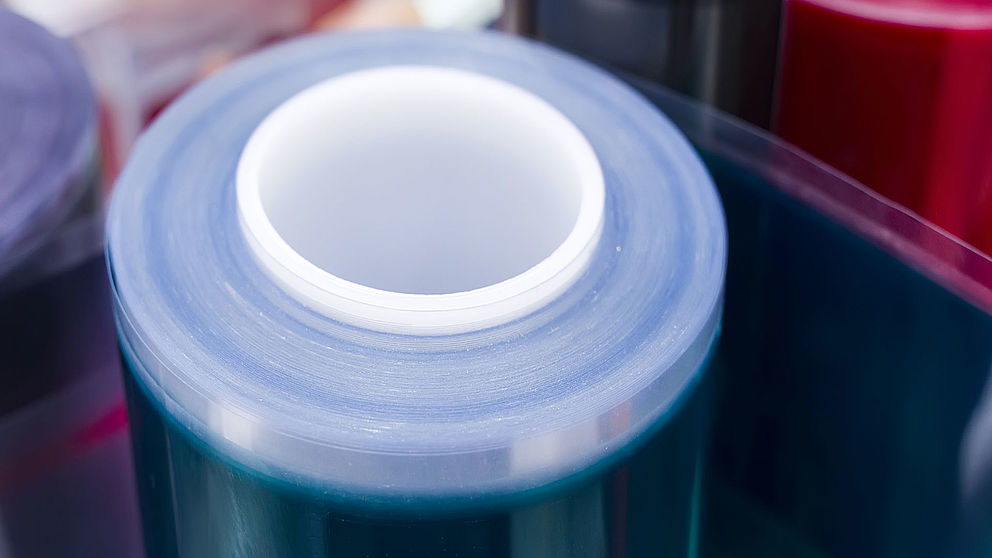Should the material have special characteristics and, for example, be thermally/electrically conductive or insulating? Does the material or liner have to have a certain colour?
Often it is not known that self-adhesive materials can do more than just bond. Therefore, it should be considered from the beginning whether the connection can do more than "just" bonding.
Furthermore, optical features can be important as well. If the colour of the liner does not correspond to the customer's wishes, we exchange it so that, for example, identical parts can be distinguished.










